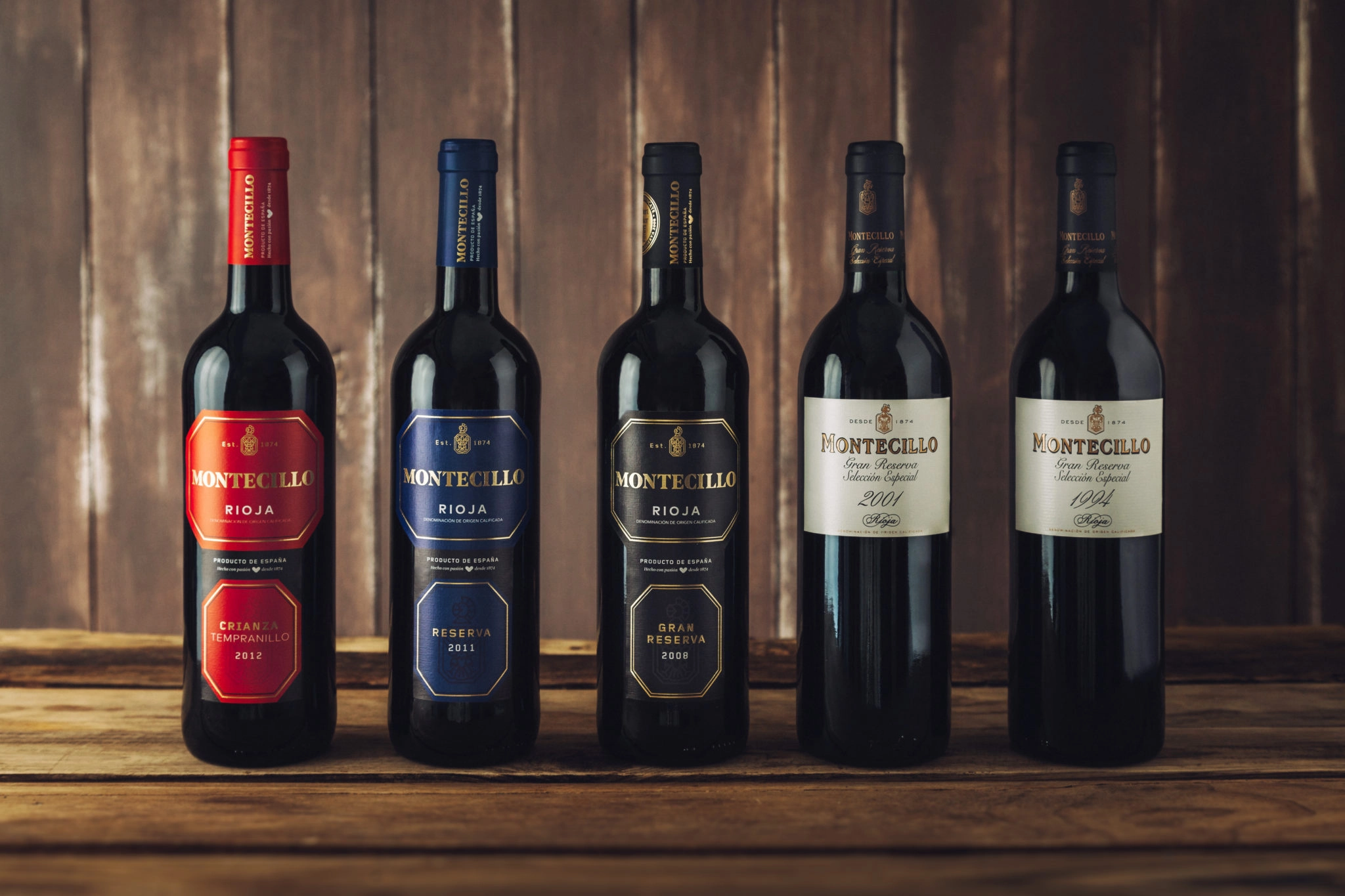I’m sure you’ve heard talk of a wine’s vintage before and I’m sure you know there are some vintages that are excellent and some that are less good. But what year does a wine’s vintage refer to exactly? Today we’ll clear up any doubts.
The vintage of a wine refers to precisely the year in which the grapes from which it was produced were harvested. No more, no less.
Why is it of use to know what vintage a wine is from?
If we know when the grapes were harvested for the production of a particular wine, we will have information about the weather conditions and if they were favourable or not for grape growing.
As we have stated in previous posts, to produce a quality wine it is vital to start out with quality grapes. Therefore, we must consider the vintage as a key factor although we will later see how and to what point.
The first thing to consider is where you find this information. Well, there is no strict regulation. It is usually found on the front label, although it could be on the back label or the cork. We can even find wines with no vintage marked at all (because the wine was produced with grapes from various vintages, for example).
On Bodegas Montecillo’s wines the vintage is easy to find as it’s on the front label so you should spot it straight away.
How are wine vintages classified?
So now we know what and where the vintage is, we can find out if the grapes that went into the wine that we are holding grew and ripened in optimum conditions or if they had to battle against poor weather.
Generally, a good vintage comes from a year with plenty of sunshine and rainfall that was not too heavy and spread throughout the year. A poor vintage may result from an excessively wet summer or very severe spring frosts.
The vintages are usually awarded five different distinctions. In Spain, this classification is the responsibility of the Regulatory Councils. In our case, the Regulatory Council of the Rioja Designation of Origin classifies the vintages and the categories are the following:
- Excellent
- Very good
- Good
- Satisfactory
- Average
The vintage charts are updated according to the decision taken by the council each year. If you are interested, you can consult information on the evaluation of Rioja DOCa vintages since 1925 on this link.
So, to what point does the quality of a wine depend on its vintage?
So we now know what a vintage is, where to find it and the types of vintage that exist. Now we just need to find out what it can and can’t tell us about the wine that we have in front of us.

Does a poorer vintage mean that the wine is, therefore, of poorer quality? No, it doesn’t. Firstly, due to this general nature that we mentioned earlier. Although the greater region’s weather may have been bad, a particular vineyard could have had quite a good harvest due to the great work of the vine grower, or due to the influence of a microclimate, that could mean that, for example, it was able to escape spring frosts.
In the same vein, an excellent vintage does not guarantee an exceptional wine either. As we have already learnt, there are many factors that affect the quality of the wine and the vintage is just one of many on a long list of indicators that includes the ageing process, the winemaker’s good practice, the composition of the land…
Therefore, we can conclude that information that the vintage gives us about a certain bottle of wine is for guidance only. Effectively, in a better vintage, there are more chances that the quality of the grapes, and consequently, the wine, is also better. In the same way it is logical to think that in, poorer vintages, the oenologists faced a more difficult situation.
So now you know, that if you only let yourself be guided by the vintage when choosing a wine, without bearing in mind where, how and by whom it was produced your decision will not be fully justified.
And what about the New World, is the vintage so important?
In what we know of as the New World there are also variations between harvests but, generally, the differences are not as marked as they are in Europe. This happens because the weather is less variable and, therefore the profile of the wines is a lot more uniform than in Europe, so generally, less attention is paid to the vintage in the New World compared to the Old.
Exceptional vintages and Bodegas Montecillo’s Gran Reserva Selección
It is a fact that when a vintage is classified as excellent by the DOCa, Montecillo makes the most of the occasion by producing its Gran Reserva Selección Especial. It is our winery’s greatest treasure and stocks are very limited.
If you saw the vintage list from the DOCa you will have seen that 2010 and 2011 were the last years to be qualified as excellent but we hope the best is yet to come.
